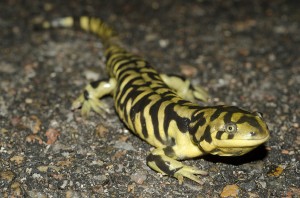Angler Education Certification Course May 17
Anglers can make a difference by teaching fishing techniques across Kansas
A bobber goes down, the reel starts spinning, and fishing line is being taken out to water. The excitement overwhelms her so much that she forgets what to do. He was there to walk her through the steps, and before she knew it, her first-ever fish was in her hands. Wide-eyed and grinning from ear to ear, she says “that was fun,” and that’s all he needed to hear. You, too, can help create unforgettable memories like this for anglers of all ages by becoming certified to teach fishing techniques in the state of Kansas.
Fishing’s Future and the Kansas Department of Wildlife, Parks and Tourism are looking to enlist up to 40 anglers who want to become volunteer instructors to teach fishing techniques. Interested anglers should enroll in the instructor course that will be taught on May 17 at LakeHenry in ClintonState Park, 798 N. 1415 Rd., Lawrence. The course will run 9 a.m. – 1 p.m. and although the class is not a requirement to teach, those in attendance will be given valuable information about working with children, sample curriculums, and tips for preparing a class or clinic. Other topics covered in the four-hour class will include current fishing rules and regulations, species identification, fishing ethics, equipment, knot-tying, casting, fish habitat, aquatic nuisance species, and conservation.
Anglers interested in registering can sign up at fishingsfuture.org. Click “upcoming events,” then “Kansas Angler Education Training Program.”
For more information, contact Fishing’s Future local coordinator Kevin Reich [email protected], or by phone at (785) 577-6921.
Parking will be available on the hill above LakeHenry. The lot by the lake is reserved for disabled anglers. If there is inclement weather, the course will be moved to the park building.

